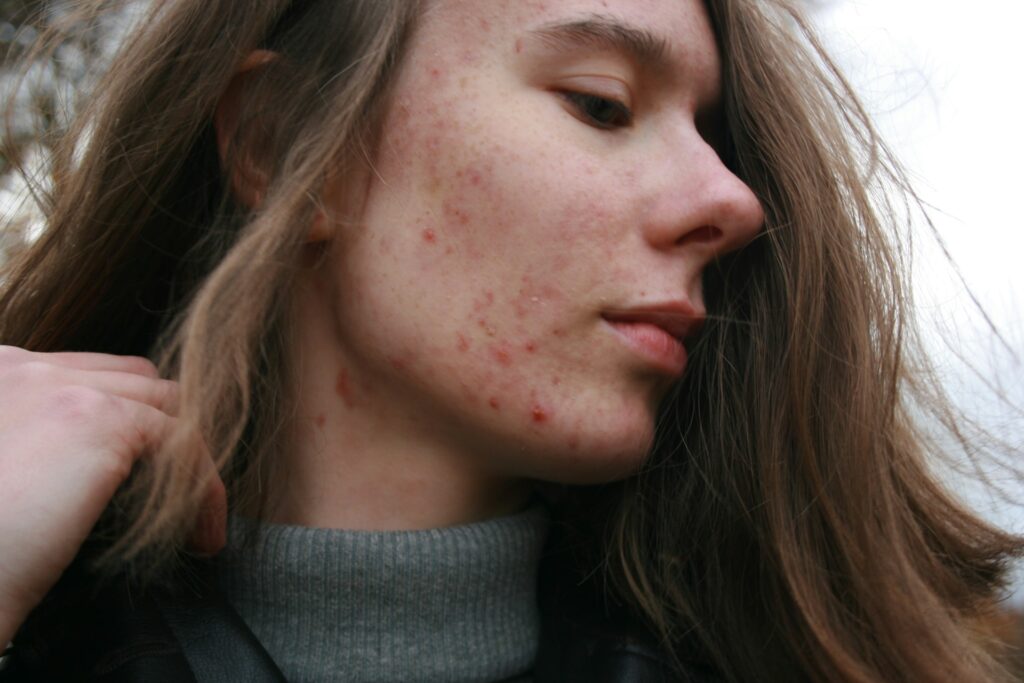
Introduction
Persistent acne can be a source of significant frustration for both teenagers and adults, often requiring more than one approach for lasting relief. Stubborn breakouts not only affect physical appearance but can also impact self-esteem and quality of life. No two cases of acne are alike, highlighting the importance of tailoring a treatment plan for your unique skin type, concerns, and triggers. An effective acne treatment plan is the foundation for regaining clearer, healthier skin. This guide will explore evidence-based interventions, the latest medical advancements, and how positive lifestyle changes can optimize your acne management routine.
Acne doesn’t arise from a single cause. Hormonal imbalances, genetics, environment, and daily habits all converge to affect your skin’s health. A deeper understanding of how these factors contribute—and what you can do about them—empowers you to minimize the impact of persistent acne and reclaim your confidence.
Understanding Acne and Its Causes
Acne forms when hair follicles are obstructed with oil (called sebum) and dead skin cells. These clogged pores create ideal conditions for bacteria to multiply, resulting in inflammation. The outcome is a variety of lesions, ranging from whiteheads and blackheads to painful cystic pimples that can leave lasting scars. While the mechanism behind breakouts is straightforward, the contributing factors are complex and multifaceted:
- Hormonal Changes: Fluctuations—such as increased androgen levels during puberty, menstrual cycles, or periods of heightened stress—can prompt the skin to produce excess oil, ultimately fueling breakouts.
- Medications: Certain pharmaceuticals, including corticosteroids, some contraceptives, and medicines used for mental health disorders, may aggravate or trigger acne flare-ups as a side effect.
- Diet: Growing research suggests that foods with a high glycemic index (such as white bread, sweets, and soda) and high dairy intake may contribute to breakouts, especially in those predisposed to acne.
- Stress: Chronic stress induces hormonal changes that can worsen inflammation and make the skin more vulnerable to acne.
Each individual may respond differently to these triggers, so it’s essential to identify and address your unique risk factors as part of a comprehensive acne management plan.
Topical Treatments: First Line of Defense
For many people, topical treatments are the cornerstone of their acne care strategy. These products deliver active ingredients directly to the skin, helping reduce inflammation, curb bacterial growth, and promote healthy skin cell turnover. Widely used and scientifically supported options include:
- Benzoyl Peroxide: This antibacterial ingredient effectively targets acne-causing bacteria while reducing inflammation. It’s available in a variety of strengths and formulations—including cleansers, gels, and creams—making it suitable for treating targeted spots and full-face breakouts.
- Retinoids (Tretinoin, Adapalene): Derived from vitamin A, retinoids help prevent pores clogged by increasing cell turnover. They are effective for non-inflammatory acne (blackheads and whiteheads) and inflammatory lesions. Retinoids may also diminish hyperpigmentation and acne scars over time.
- Salicylic Acid: A beta-hydroxy acid that exfoliates the skin and penetrates pores to dissolve oil and debris. Regular use keeps pores clearer and helps prevent new breakouts from forming.
Dermatologists frequently recommend combining these topical agents—benzoyl peroxide in the morning and a retinoid at night—to enhance effectiveness and reduce the risk of developing resistance. Consistency is critical; visible improvement often requires at least 6–8 weeks of steady use. During this period, it is normal to experience some dryness or mild irritation as your skin adjusts.
Oral Medications: Addressing Internal Factors
Oral medications may be necessary when topicals alone do not yield results, or when acne is widespread or cystic. These systemic medicines act throughout the body and target deeper root causes of moderate to severe acne:
- Antibiotics: Medications like doxycycline and minocycline reduce the number of acne-causing bacteria and inflammation. Because long-term use can contribute to antibiotic resistance, these are typically prescribed for limited durations, often in tandem with topical treatments.
- Hormonal Therapies: Especially beneficial for women, these treatments help regulate hormonal fluctuations that promote breakouts. Combined oral contraceptives are FDA-approved for acne, while spironolactone is an off-label option that blocks androgen production.
Recent clinical studies highlight spironolactone’s effectiveness as a non-antibiotic alternative for women suffering from chronic acne. They show good safety and tolerability over extended periods. For more information, see the research on spironolactone’s effectiveness for persistent acne.
Emerging Treatments: Exploring New Frontiers
Advances in dermatological technology continually expand the range of acne treatment options, offering hope for patients seeking alternatives to prescription medications. Some of the most promising new methods include:
- Laser and Light Therapies: These in-office procedures utilize specific wavelengths of light to reduce inflammation, shrink oil glands, and eliminate acne-causing bacteria. Blue light therapies are particularly popular for their non-invasive approach and minimal downtime.
- Photodynamic Therapy (PDT): PDT combines a topical photosensitizer with targeted light activation, promoting deeper penetration into sebaceous glands and reducing severe or treatment-resistant acne lesions.
While many patients report improvement after these treatments, they are typically reserved for moderate to severe cases that do not respond to conventional therapies. Ongoing studies continue to investigate their long-term safety and efficacy for broader use.
Lifestyle Modifications: Supporting Skin Health
Beyond prescription or over-the-counter treatments, supportive lifestyle habits play a vital role in maintaining skin health and optimizing the effectiveness of medical therapies:
- Diet: Although the science is evolving, adopting a dietary pattern rich in fruits, vegetables, whole grains, and lean proteins can support overall skin health. Limiting processed foods, sugary snacks, and high-glycemic index items may help specific individuals experience fewer breakouts.
- Stress Management: The skin-brain connection is well documented. Regular exercise, meditation, and adequate sleep are all valuable strategies that can reduce stress-induced flare-ups and support long-term well-being.
Gentle skin care is equally crucial—avoid scrubbing or picking at blemishes, use non-comedogenic (non-pore clogging) moisturizers and sunscreens, and wash your face twice daily with a mild cleanser. These small but consistent habits foster a healthier skin barrier and speed up recovery from inflammation.
Consulting a Dermatologist: Personalized Care
Personalizing your acne management plan is essential for achieving the best possible results with many available treatment options. A board-certified dermatologist can guide you through the latest advances, recommend therapies tailored to your needs, and help you adjust your plan as your skin changes. In cases where acne may be a symptom of an underlying condition—such as polycystic ovary syndrome (PCOS) or a side effect of medication—a specialist’s input is indispensable.
For authoritative, evidence-based recommendations, consult resources such as the American Academy of Dermatology’s latest acne management guidelines.
Persistent acne doesn’t have to define your sense of self or dictate your daily life. By leveraging today’s proven acne treatment innovations alongside mindful lifestyle choices, you can regain control over breakouts and enjoy a future with more radiant, resilient skin.






